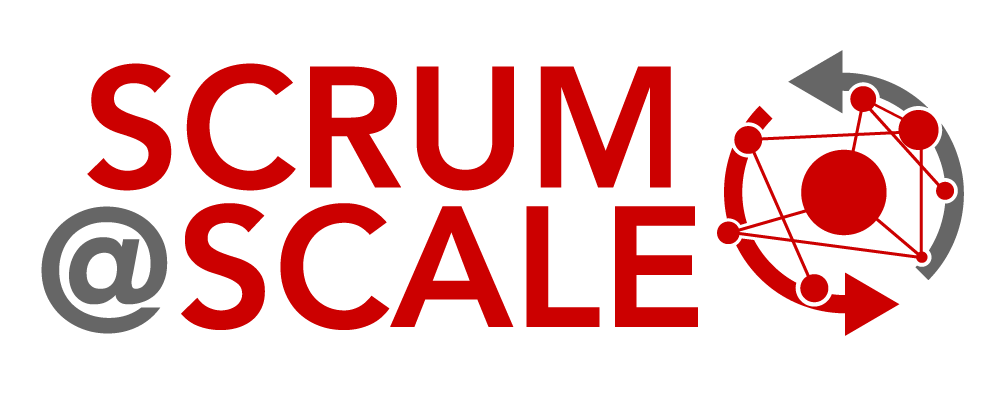Scrum@Scale Case Study
Scaling Scrum Inside Insuretech
CASE STUDY SNAPSHOT
Trainer Name: Daniel Mezick
Organization: Insurtech
Organization Size: Small
Industry: Information Technology and Security
Topics: Cost Reduction, Delivery and Velocity, When to Scale
Date: 2018
Website: https://improvingagility.com/company/
Summary
This 30-year old company used to be the leader in Insurtech, a.k.a. a company that creates technology innovations designed to squeeze out savings and efficiency from the current insurance industry model. Once a pioneer in the field, Insure-Tech became assailed and under pressure by competition from a wide variety of small, new, aggressive, venture-backed startups with absolutely nothing to lose. The company’s 7-9 engineering teams were faced with the task of realizing value, getting pressure from the private equity firm who acquired them.
Challenge accepted.
In general, this small company had no Scrum experience, limited resources, minimal training & coaching budget and loads of impediments. The strategy was to initiate Scrum across all of the teams, starting with basic knowledge and introduction to the Scrum Guide, initiating Scrum of Scrums and MetaScrum right away, and mentoring an in-house champion to carry the torch. As it turns out, one of the most important ways to success was the immediate initiation of Scrum of Scrums, responsible for a fully integrated set of potentially shippable increments of product at the end of every Sprint from all participating teams, and MetaScrum, a forum that communicates across multiple teams for the purpose of coordinating resources and dependencies.
The initiation of this effort came from the VP level in the parent organization (two levels below CEO). Surprisingly (and not-without-effort), there was never an opportunity to connect with the C-Suite. So, this process succeeded even without the creation of the EAT.
So, the training began with an overview of the Scrum Guide to ensure that teams understood vocabulary, roles, and events. Socializing the Scrum Guide as the true definition of Scrum was imperative. Remember that, at most, these people had only had one day of Scrum Master training and one day of Product Owner training, so a basic overview was a good way to start.
By working together using Scrum, Scrum of Scrums, and MetaScrum, these teams realized that they actually liked collaborating. They learned that responsibility with authority was empowering; and, the teams found their rhythm.
Another important step that has led to sustainable success was identifying and mentoring a champion. By observation, someone who grasped the concepts of Scrum was identified and encouraged to stand behind the effort, thereby becoming an important advocate for continuation of the effort.
So, how did this effort pay off? After two months, there was a 55% improvement in overall satisfaction from the Sales & Marketing view, a 37% improvement in customer satisfaction, a 34% improvement in overall happiness in the dev teams, and a 15% improvement in defect reduction.
Key Results
1) It’s not necessarily need to start with an Executive Action Team (EAT). Even if executive engagement is lacking the VP level can be the right place to get things in motion.
2) Socialize the Scrum Guide as the true definition of Scrum. Even starting with an agreement of the definition of the word, “Scrum” is a smart beginning.
3) It’s vital to initiate Scrum of Scrums and MetaScrum right away, even if it takes a little longer at the beginning.
4) Remember to mentor in-house champion to lead the process after coach/trainer is gone
5) If you’re doing scrum with 3-4 teams, you’re already doing Scrum at Scale.
Who is Daniel Mezick
Daniel Mezick is a Scrum@Scale Trainer, management consultant, author and keynote speaker. He brings expertise about teams and team learning. He teaches specific techniques that help organizations quickly become much more adaptive.



